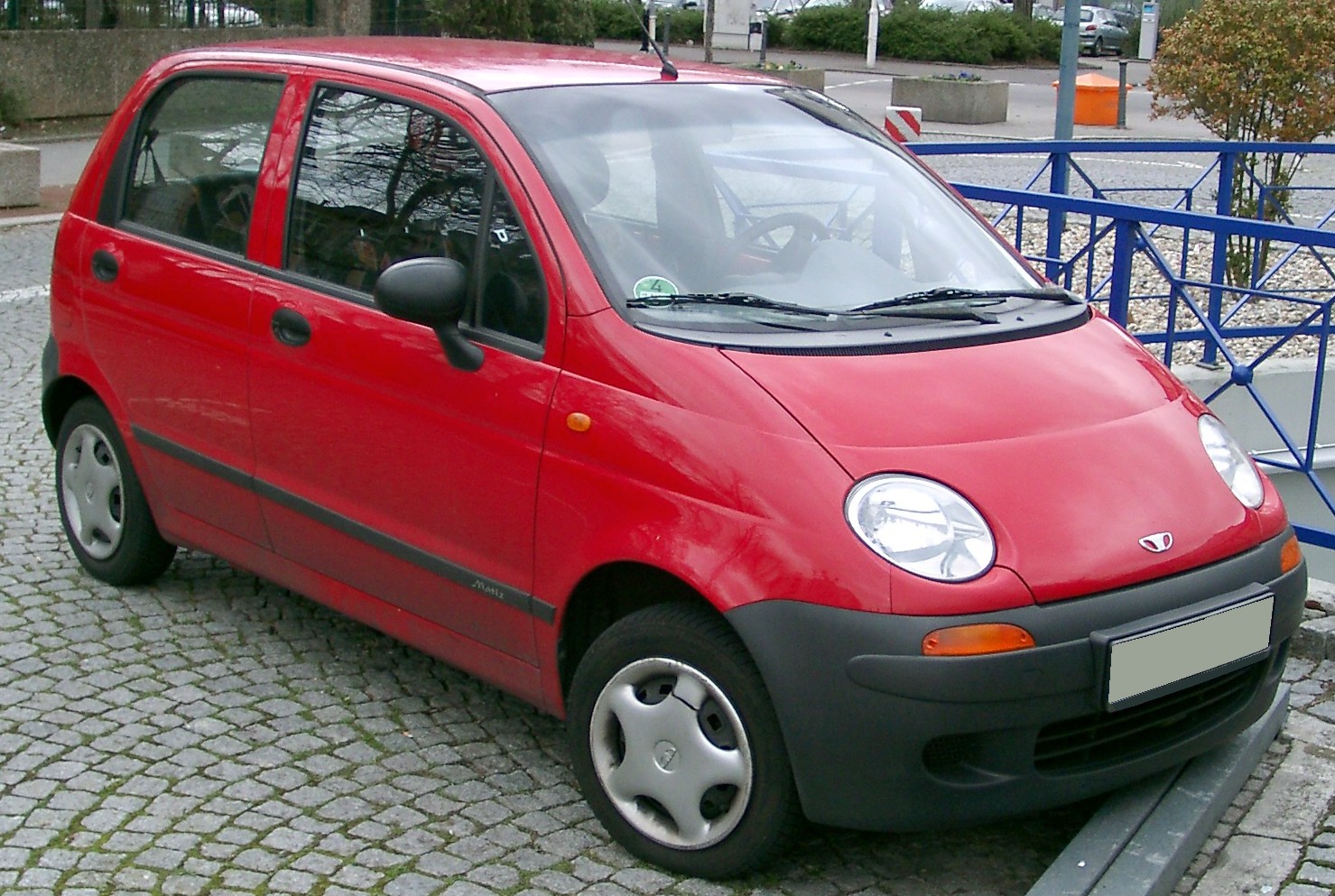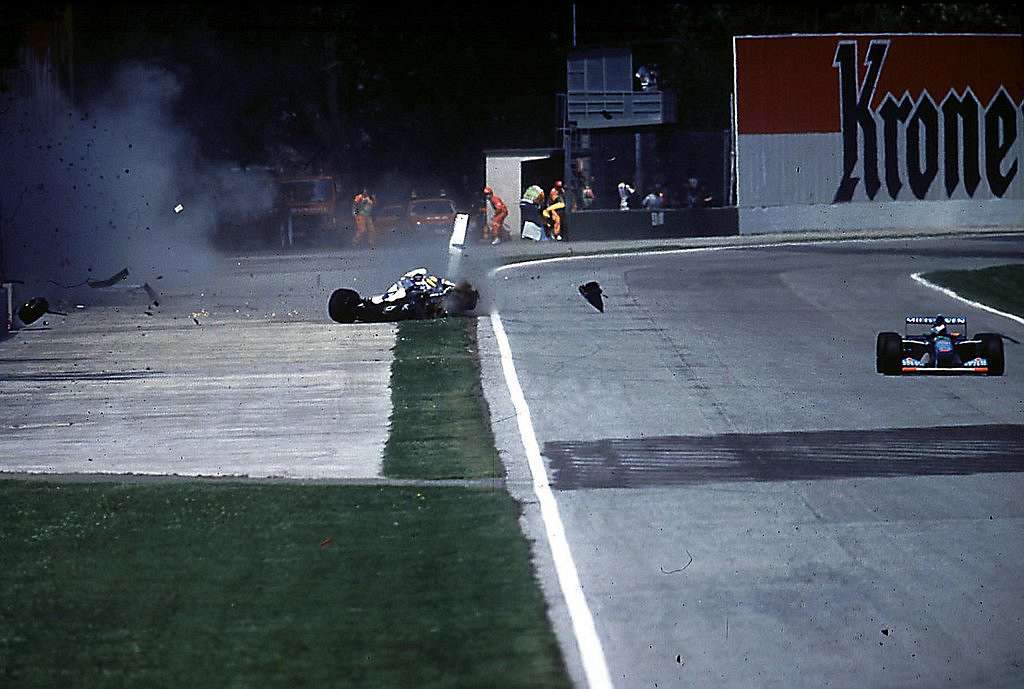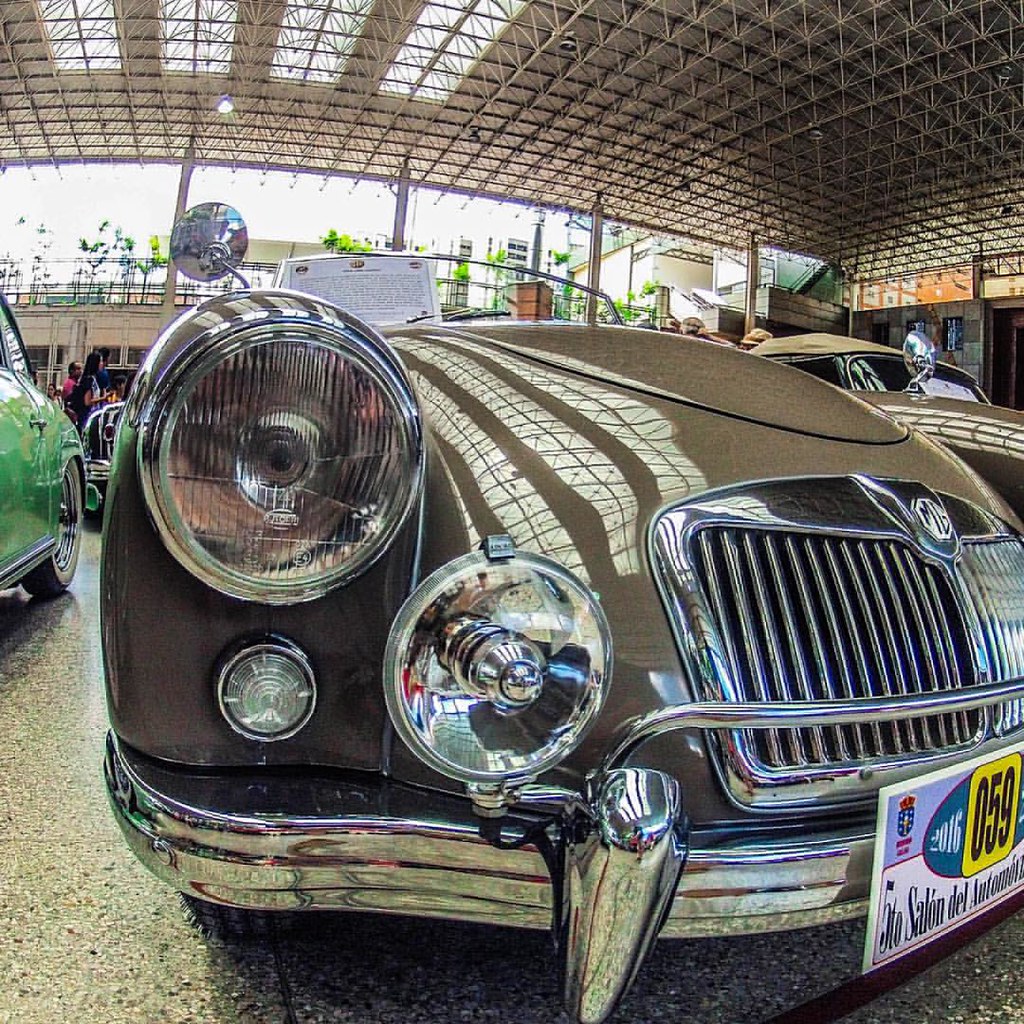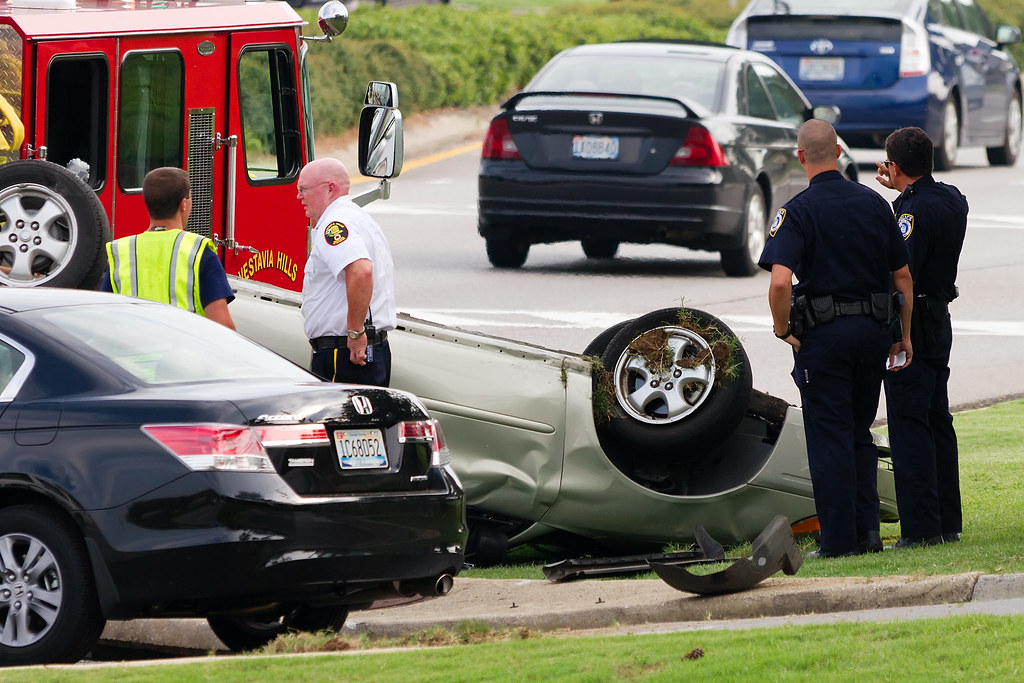
Buckle up, car enthusiasts! Join us on a nostalgic journey as we celebrate some of the most cherished automobiles that, despite their immense popularity, faced an untimely demise at the hands of their manufacturers. These iconic cars each carry a legacy from a golden age of innovation and distinctive design, inviting us to explore what made them special and the reasons behind their discontinuation.

1. **American Motors Corporation (AMC) – 1954–1988**: The saga of AMC is filled with bold ventures and intricate strategies that changed the automotive landscape. From its early days through the merger of Nash-Kelvinator and Hudson, AMC gifted us rugged compacts like the Rambler American and stylish classics like the Hornet. They also showcased their pioneering spirit by acquiring Jeep, a move that proved lucrative for Chrysler later on. Models like the Gremlin, despite being produced on a shoestring budget, found success in the market. However, financial hurdles and shifting strategic partnerships ultimately led to AMC’s absorption by Chrysler, marking the end of a unique era in automotive history.
2. **Avanti – 1965–1991, 2000–2007**: Originally a Studebaker brainchild, Avanti was a luxury coupe that defied its time with a fiberglass body and Chevrolet power. It saw rebirths and redesigns, including a late-2000s attempt to revive its glory by borrowing from Pontiac and Ford models. Avanti’s consistent bankruptcy struggles and legal battles culminated in its final shutdown in 2007, but not before leaving an indelible mark on car enthusiasts.

3. **Bricklin – 1974–1975**: Known for its gullwing doors and focus on safety, the Bricklin SV-1 was an ambitious project spearheaded by Malcolm Bricklin. Its innovative design, though promising, was undermined by practical flaws like the power doors that drained batteries. Despite the potential to rival Corvette, production issues and manufacturing challenges in Canada led to its downfall.

4. **Daewoo Motors – 1997–2002**: Daewoo Motors, hailing from South Korea, made a bold attempt to break into the U.S. market with models such as the Lanos, Nubira, and Leganza, employing inventive sales strategies to attract buyers. Unfortunately, a series of financial crises and corporate turbulence culminated in its acquisition by GM, effectively concluding Daewoo’s independent journey in the automotive world. Despite the promise these models held, they ultimately succumbed to the harsh realities of a volatile market, leaving behind a legacy of potential unfulfilled.
5. **Daihatsu – 1988–1992**: This Japanese automaker tried to make a name in America with the Charade and Rocky. Despite the vehicles being well-received for their fun factor and build quality, Daihatsu struggled against economic and regulatory pressures, eventually withdrawing from the U.S. market.

6. **Eagle – 1988–1999**: Born from the remnants of AMC, Eagle was Chrysler’s attempt at an import-fighting brand. Models like the Talon showcased its sporty potential, yet sales were insufficient to sustain the brand. The consolidation with Chrysler and Plymouth marked the end of Eagle.
7. **Geo – 1989–1997**: GM’s experiment with a brand that grouped imported models under a single banner, Geo offered models like the Metro and Tracker. Despite initial success, brand confusion and shifting consumer preferences led to its rebranding under Chevrolet.

8. **Maybach – 2002–2012**: Revived by Mercedes, Maybach aimed at the ultra-luxury segment. Despite its opulence, it couldn’t distinguish itself enough from its Mercedes underpinnings, leading to poor sales and its eventual discontinuation as an independent brand.

9. **Merkur – 1983–1989**: Ah, the 1980s, an era of big hair and bold cars. Ford decided to tap into the European car craze with Merkur, a brand that promised to combine American power with European finesse. The Merkur XR4Ti and Scorpio models were launched with much fanfare. With a turbocharged engine and sleek design, they were supposed to be the ‘it’ cars for enthusiasts. However, they missed the mark with buyers at Lincoln Mercury dealerships who were not quite ready for the boy-racer aesthetics and European price tags. Despite their exhilarating handling, the sales figures just didn’t cut it. By 1989, Merkur had disappeared from showrooms, leaving behind a legacy of what could have been.

10. **Saab – 1956–2010**: With their distinctive designs and celebrated turbocharged engines, Saab cars were once the favorites among the stylish and adventurous crowd. Iconic models like the Saab 900 and 9000 epitomized the innovative and luxurious lifestyle of the ’80s. This Swedish manufacturer, rooted in aviation, delivered vehicles that combined practicality with a quirky charm. However, after GM’s investment in Saab, the brand’s unique identity began to wane, leading to perceptions that newer models lacked the originality and quality that once defined Saab. Following GM’s financial struggles, Saab sadly closed its U.S. operations in 2010, marking the end of an era for these beloved cars.

11. **Saturn – 1991–2010**: Saturn emerged as GM’s bold experiment aiming to disrupt the traditional car market with innovative concepts and plastic-bodied vehicles. Originally designed to take on Japanese imports, Saturn wowed consumers with its no-haggle sales strategy and a revolutionary dealership model. Yet, as time passed, Saturn’s offerings began to lose their distinctiveness, becoming mere rebadged versions of other GM cars. Despite its promising start, Saturn could not adapt to changing consumer preferences and ultimately faced the axe during GM’s financial restructuring in 2010, signaling the end of its unique vision.

12. **Sterling – 1987–1990**: The Sterling brand, resulting from a collaboration between Rover and Honda, offered a blend of British refinement and Japanese engineering. The Sterling 825i was touted as a luxury vehicle, boasting plush interiors and impressive performance. Nevertheless, persistent reliability issues marred its reputation, leading to a decline in consumer confidence. The allure of European luxury was not enough to save Sterling, which faded into obscurity by 1991, leaving behind a brief but memorable chapter in automotive history.

13. **Yugo – 1986–1990**: The Yugo GV burst onto the American scene as the quintessential budget-friendly car, quickly capturing attention with its unbeatable pricing. However, its promise of affordability was quickly overshadowed by a reputation for unreliable performance and poor build quality. Despite the initial popularity as a low-cost option, the Yugo struggled to maintain its success and saw a steep decline in sales. It ultimately became a cautionary tale illustrating that low price tags do not guarantee reliability or consumer satisfaction.

14. **Triumph Mayflower – 1949–1953**: The Triumph Mayflower aimed to bring a touch of British luxury to the American market, with a name designed to evoke a sense of heritage and sophistication. Its ambitious design drew inspiration from Rolls-Royce, but the heavy body and underwhelming engine performance fell short of expectations. Critics, including notable personalities like James May, labeled it as one of the unattractively designed cars of its time. Despite its noble intentions, the Triumph Mayflower struggled to find its footing in the competitive U.S. market and quickly faded into history.

15. **Nash Metropolitan – 1954–1962**: The Nash Metropolitan was a foray into the compact car segment with a distinct twist. Marketed primarily to women, it was one of the first cars designed as a ‘second car’ for a household. Despite its unique appeal and compact luxury, it faltered due to poor performance and handling. Its charm was eventually overshadowed by the American preference for larger vehicles, leading to its quiet exit from the market.

16. **Renault Dauphine (North American version) – 1956–1967**: This petite French car captured hearts in Europe, but unfortunately, it struggled to gain traction in the American market. The Dauphine’s lackluster acceleration and frequent reliability issues led to frustration among American drivers, earning it a spot on various lists of the worst cars ever produced. Despite its initial appeal and affordability, the Dauphine ultimately succumbed to performance criticisms, leaving it as a footnote in automotive history.

17. **Trabant – 1957–1990**: The Trabant became an emblem of East German engineering, celebrated more for its cultural significance than its mechanical capabilities. This quirky car, known for its outdated technology and poor emissions, found its place in the hearts of many as a symbol of a bygone era. Despite its numerous shortcomings, the Trabant remains a cult classic, reminding us of a different time in automotive history and the nostalgia that surrounds it.
Related posts:
Automotive History: Here’s Every* Car Brand That Has Lived and Died Since 1949
List of automobiles known for negative reception
5 Dead Auto Brands and Why They Died






